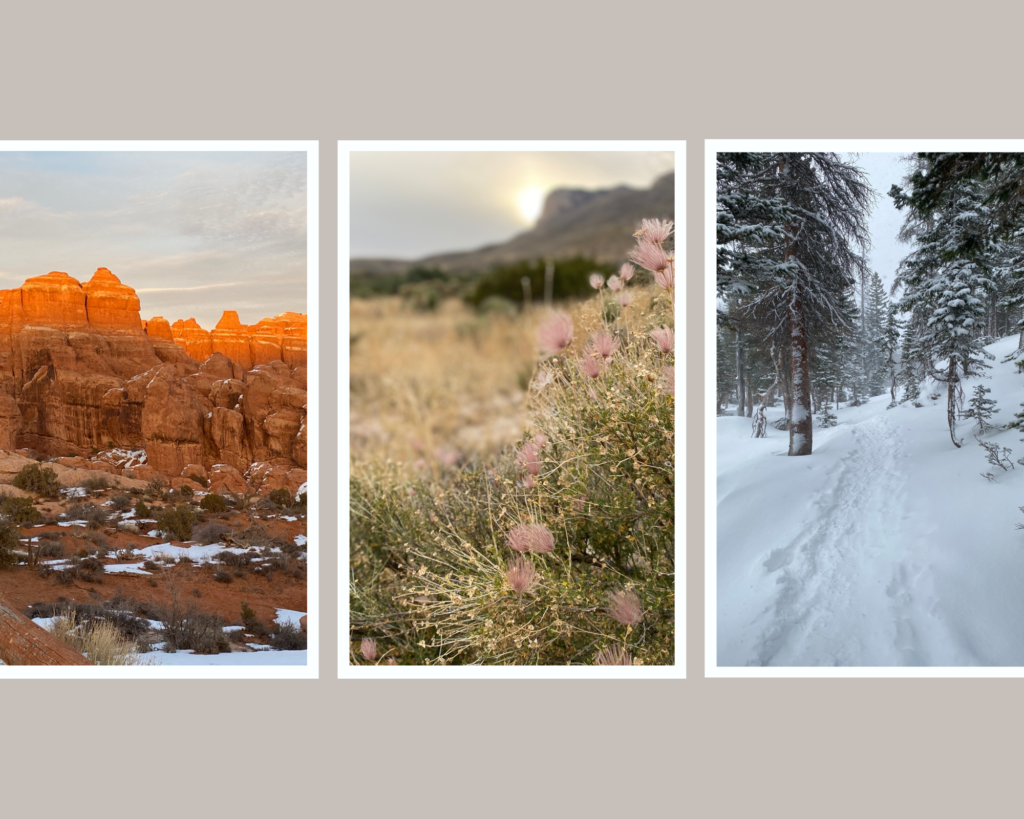
So you want to plan a US National Park trip? If you’re looking for a guide about how to plan a national park trip, you’ve come to the right place. We’ve got ideas for different routes and national parks to combine together and can show you how how to plan a thrifty trip while still having an amazing time!
In this blog, you’ll learn about
- Questions to ask yourself before planning your trip
- Important information to know before hitting the parks
- Ways to save
- Potential national park trips
Now, let’s get started!
Questions to Ask Before Planning a National Park Trip
The US currently has 63 national parks spread across the country. Out of those 63, only about 16 are on the eastern half of the country, while the remaining are all on the western half. Parks on the south side of the country are more accessible year-round, whereas northern parks have more limited access during the winter months. In planning your national park trip, the national park service website is going to become your best friend. That being said, some major questions to start your national park trip planning would be:
- How far am I willing to travel from my home?
- What is my budget for this trip?
- How many days do I have to spend on my trip?
- What time of year is it?
- What aspect of national parks is most important to me? (Wildlife, scenery, hiking, family friendly, history, crowds, etc.)
How far am I willing to travel from my home? What is my budget for this national park trip?
Questions 1 & 2 go hand-in-hand as transportation is likely to be one of your top expenses when planning a national park trip. Going to national parks that are closest to where you live and can drive to in your own car would be the thriftiest place to start! For example, we live in Atlanta, GA so the thriftiest trips for us are the national parks in Florida, South Carolina, Tennessee, and Virginia! We planned our trip to Great Smoky Mountains National Park for under $600. Similarly, this trip to Shenandoah National Park was super budget friendly at $500 per person. For those lucky enough to live on the west coast, the world is your oyster! But with a couple hundred dollars more for a flight & rental car or camper van, you can still plan an incredible trip for $750-$1000. If you choose to fly and rent a car, we highly suggest looking for a rental car through Turo. It’s like airbnb but for cars. If you’re looking for a budget friendly camper van, check out Outdoorsy. These are our go-tos.
Aside from the cost of flights/transportation, some others costs associated with a national park trip to consider are:
Lodging: There are so many options to consider! If you have camping gear or a camper van, you can consider reserving a campsite! Campsites in US national parks vary based on park, season, and campground but range from $5-$35 per night. Use the national park service website to search for campsites, costs, and availability. Campsites inside national parks tend to book up fast, so if you’re looking to go this route for lodging be sure to book in advance! Parks open their camping registration 6 months in advance and some parks, depending on popularity, can book up all their campsites in those 6 months within minutes. So plan to be on top of camping reservations if you’d like to camp at a national park!
If you prefer not to camp, many national parks have lodging inside the park, but these are usually pricier. Our preference has always been to book an airbnb outside the park. Depending on the size of your group, it’s generally easy to find lodging that’s less than $50 per person per night. We also want to note that it’s important to check where park entrances are. Some lodging may be close to the park itself but not to a park entrance. You’ll need to check how close you are to an actual entrance to get an accurate idea of how long it will take you to get to the park.
Park Pass: A day pass for one car to an individual national park costs on average $25-$35 dollars, and these can be purchased as you enter the park on the day of your visit. During the 2020-2022 seasons, US national parks received so many visitors that some required online reservations for visiting, so make sure to check the NPS website while planning your trip! Most park specific passes allow you to visit that particular park for seven days starting the day of purchase. If you plan to visit multiple parks in one trip or in one calendar year, we highly recommend the America the Beautiful annual pass for $80 which is good for 12 months starting the month you purchase. This pass can be purchased at any national park or online at the USGS website. Notably, the NPS also offers free annual passes for active military members and dependents as well as for citizens with permanent disabilities! And senior citizens get annual passes for $20 a year (or a lifetime pass for $80).
Activities: Once you get into the park you could easily spend $0 exploring, driving to various scenic viewpoints and walking or hiking breathtaking trails. That’s what we normally do! However, you may opt to spend some extra money on activities. Some examples we’ve done include: zip lining with Climb Works in the Great Smoky Mountains ($100), a full day bicycle rental from Acadia Bike to cycle around the carriage roads in Acadia National Park ($36), guided cave tours in Mammoth Cave National Park ($35), Slot Canyon Rappelling (East Zion Adventures) outside of Zion National Park ($109), and more.
Food: Our favorite thrifty way to eat on a national park trip is GROCERIES! Hit up a local grocery store and stock up on sandwich fixings (cold cuts/cheese, peanut butter/jelly), easy to eat fruits (think oranges, bananas, apples, grapes), chips/crackers, protein bars, and more. Just remember, if you pack it in, pack it out!
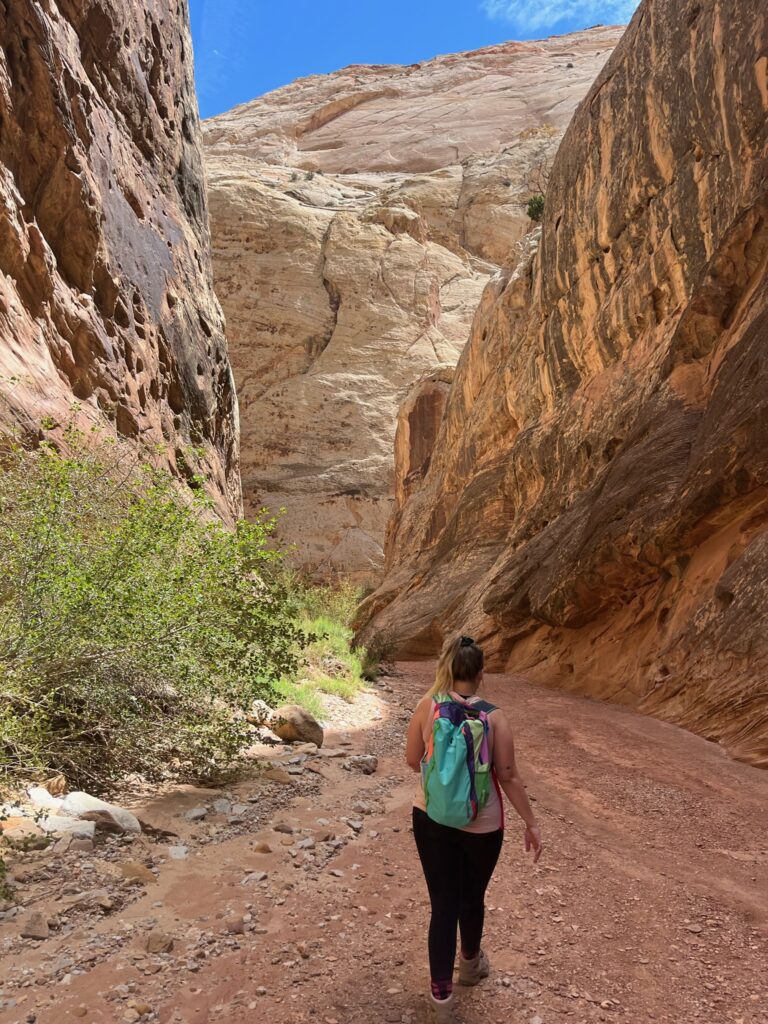
Outdoor accessories: If you plan to make going to national parks a major source of fun in your life, which we highly recommend, investing in a quality pair of hiking boots and a simple hiking backpack is essential! For boots, we recommend Salomon, and Merrell, for boots between $50-$150. For simple hiking backpacks between $50-$150 (not for backpacking), you can’t go wrong with Cotopaxi (Madi’s personal fav), LL Bean, or Osprey.
How many days do I have to spend on my national park trip?
Answering this question will help you decide how many parks to visit and what activities you have time for. For 2-3 day weekend trips, visit the national parks closest to you! If you have a week of vacation, while you could easily spend multiple days in any national park, you may also opt to hit the highlights of two or three parks on your trip, just be prepared for adding in travel time between parks, many of which are hours apart. As an example, you could fly/drive into Denver, CO to spend 4-5 amazing days exploring everything Rocky Mountain National Park has to offer, or you could combine this national park with a trip to Arches National Park, Canyonlands National Park, and Black Canyon of the Gunnison National Park, like we did. Similarly, you could spend a whole week hiking through different parts of Olympic National Park, or you could split the week between Olympic and Mount Rainier, as we did! And if you had two weeks, throw in North Cascades National park, too! In summary, start by looking at the map of all the US national parks, pick a state or a region, and map out the travel time from one park to another!

What time of year is it?
Many people think you can’t go to a national park in winter, but that’s not true at all! There are pros and cons of visiting national parks in each season. Of course, summertime is the most accessible time of year, where generally all roads and trails are open and snow has melted; however, expect to see heavy crowds if you go in July and August. May and September are the best balance of weather, accessibility, and not as crowded as peak summertime.
While northern national parks have limited accessibility in winter, snowshoeing and cross-country skiing are fantastic activities during this time of year. National parks that are further south can be visited year round! Check out some of the awesome parks we’ve visited in winter time:
What aspect of a national park trip is most important to me?
An important thing to consider when planning a national park trip is what you are most excited to see and what preferences you have when visiting a national park. Are you most looking forward to seeing wildlife or hiking to a beautiful summit? Do you want to see landscapes without hiking or are you looking for a challenge? Are you interested in history and geology or looking for a family friendly activity? The Great Smoky Mountains is a great family destination but Yellowstone would be a better option for wildlife viewing. Yosemite has some beautiful landscapes and challenging hikes but North Cascades or Great Basin are much less crowded. No matter what your preference is, making sure you know what is most important to you when visiting a national park will help to steer your trip planning in the right direction!
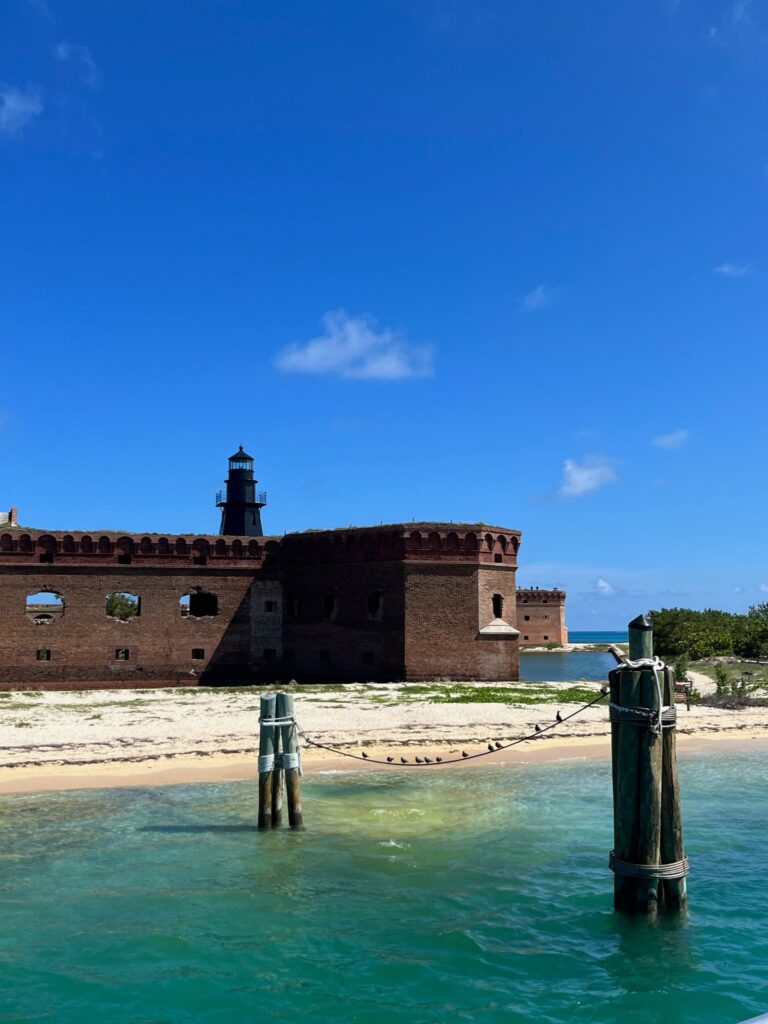
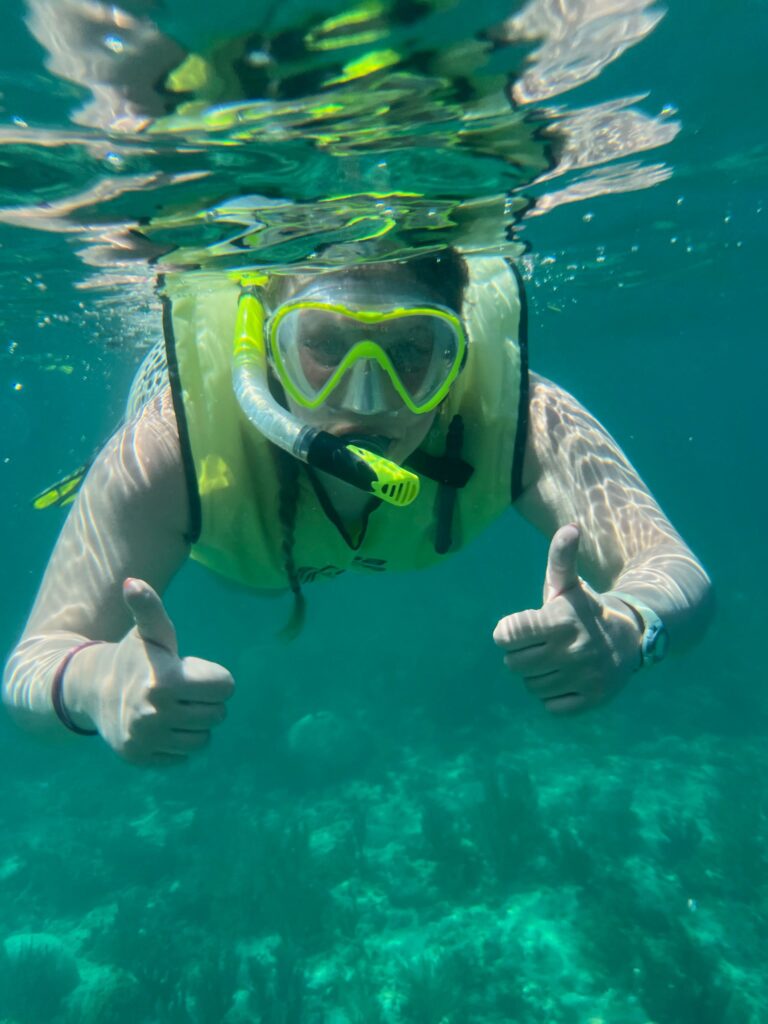
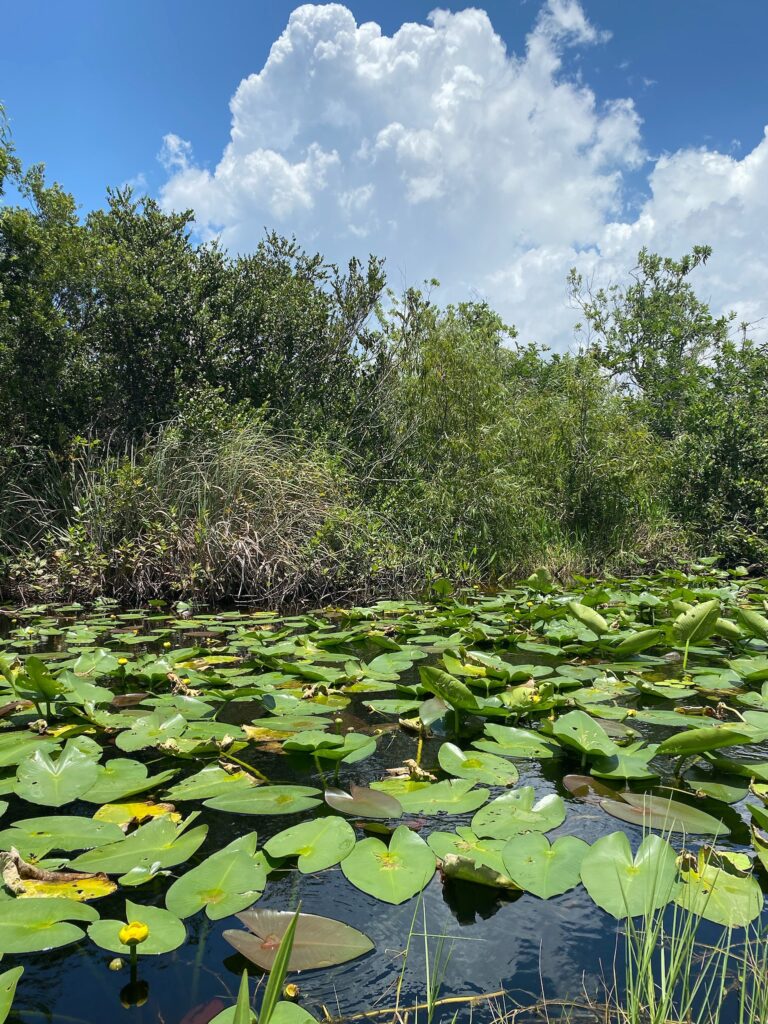
Important Info to Know Before You Go!
If there’s one thing we’ve learned about planning a national park trip, it’s that you can never be too prepared! We’ve done a lot of research planning trips and are happy to share them with you, but you’ll definitely need to do some research specific to your exact trip. National park info can also change from year to year so it’ll be important for you to check out your specific parks so you’re ready to go! Below are some of the important details that you’ll want to look into.
Parking Entry Passes and Timed Entry
Like we mentioned before, some parks require reservations for the days you’re planning to attend. You will want to make sure you look into this with a decent amount of time before your trip because these reservations tend to fill up quickly. You also may want to create a national park website account before purchasing reservations, especially if reservations are known to go quickly. You will likely want to make reservations as soon as they become available, so if you already have an account, you can easily sign in and snag a pass! Similarly, some parks require specific time entry reservations. Be sure to be on top of these reservations so that you don’t get stuck with a reservation that has a date or time that doesn’t work for your schedule. Some parks also require hiking permits or reservations to drive on certain roads. This information can change year to year so be sure to check out the national park service website each time you plan a national park trip in case the reservation systems have changed.
2023 Reservations Required:
- Arches
- Rocky Mountain
- Glacier
- Haleakala
- Shenandoah
- Zion
- Acadia
Transportation/Parking
Some national parks require the use of their bus or shuttle system and do not allow private vehicles during certain times of the year to help with traffic conditions through the park (ex. Zion). Other parks may have a reputation for traffic jams and little parking (Yosemite) and would be better seen by taking the park transportation system or by biking or walking. Make sure to research this and have a transportation plan so you are not stressed about parking or driving through the park. Parking stress is real and no one wants to experience that in the great outdoors!
Activity Information
If you want to maximize your time at any national park, doing some research about sights, hiking trails, and other activities is a must! If you’re like us, you like to make sure you’re hitting all the things and to do that you’ll need a plan for the day. You’ll want to know what kind of hikes and activities your park has, what accessories (footwear, water, backpack, equipment rentals, bear spray, gear, etc.) you will need, what time of day is best for your activities, and any weather related information to make your trip more enjoyable. If you’re more of a leisurely traveler, it still doesn’t hurt to know a little bit beforehand. You can also make a tentative schedule for each day at the park to ensure you’re getting to see everything you want to! It doesn’t hurt to have a back up plan either.
Warnings and Safety Info
It’s also important to check any warning information about the park you’re visiting. This could include wildlife activity, bio-hazards like bacteria in rivers, or weather condition warnings like the potential of flash flooding. Mother nature can be unpredictable sometimes, but we’ve found that knowing about potential dangers ahead of time and planning for them can make a world of difference. If you check before you go, you can be sure to bring any safety gear related to the park you’re visiting. Also, don’t be scared about being in the great outdoors. There is always some risk, but if you’ve done your prep work and pay attention to your surroundings, you will be just fine!
Updated Closure Info
National Parks often have closures due to weather or maintenance. You will want to check the national park website for this before planning your trip. This is especially important if you are planning a winter trip. Ice can be tricky and some roads, sections of the park, and even hiking trails may be closed.
Ways to Save
Food
We’ve said this before but it’s worth repeating: buying groceries can help save a ton of money on your national park trip! You can plan easy breakfasts, on the go lunches, and some delicious inexpensive meals back at your lodging for dinner. Food costs can really add up if you eat out for most meals so save some funds and hit the local grocery store. Plus we’ve found a good ole sammie really slaps after a morning of hiking and exploring. Having a packed lunch will also help you save time and enjoy more time at the park.
One thing to note, sometimes parks can be far out from the closest town, so be sure to check where the closest grocery store is and hit it up before you drive farther out!
Lodging
We mentioned camping above which would be the most cost effective way to see national parks. If you aren’t able to find a campsite inside the park, you can also look around the park for other campgrounds, roadside campsites, and in the western parks, you can find BLM (Bureau of Land Management) land where you can camp for free. Because Atlanta (our homebase) is not super close to a lot of national parks, camping is not always an option for us because of all the gear. We tend to opt for air bnb’s like we mentioned before! Some cool and affordable options on AirBnb include tiny homes and RV’s. We’ve saved lots of money by opting to stay in RV’s! You can also look on AirBnb for campsites to rent if you don’t have luck inside the parks.
Activities
While it may be enticing to do an extra activity at each park you visit, if you want to be thrifty, you can forgo these activities and spend $0 exploring the park! Each park is full of so many amazing sights (many of which you don’t even have to hike to) that you will have plenty of free options. You can also check out ranger programs the days you are attending, park museums, historical buildings and sites (some parks have petroglyphs and early settlers historical sites!), and interpretive exhibits.
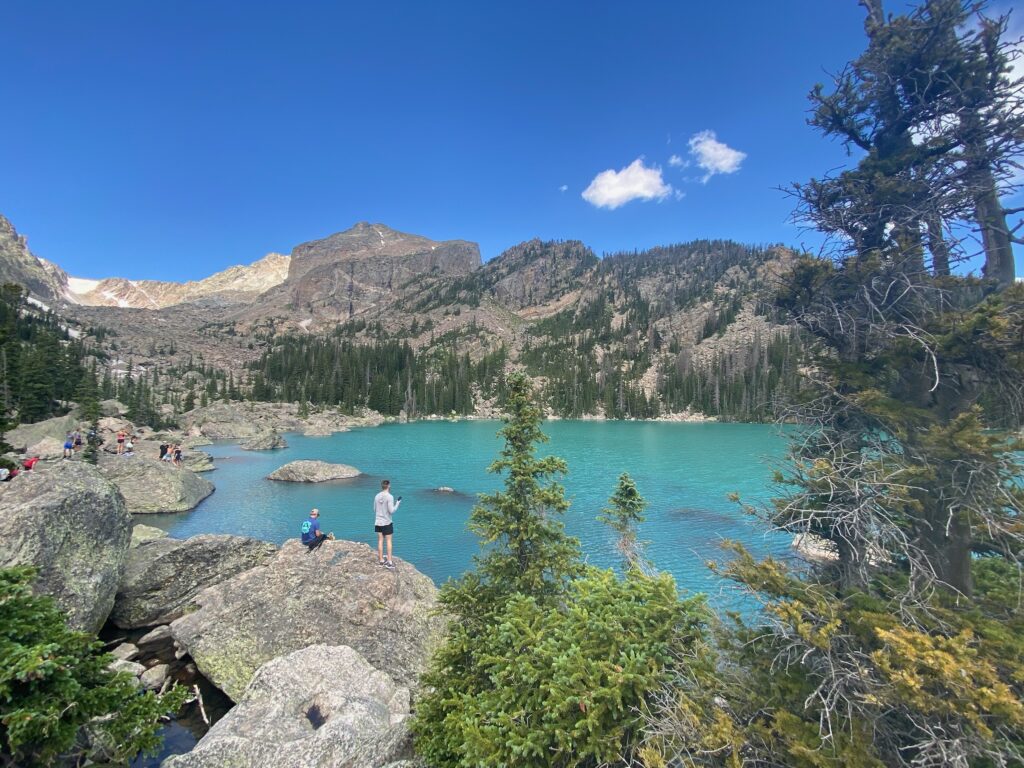
Potential National Park Trips
- Arches, Canyonlands, Rocky Mountain, Black Canyon of the Gunnison
- Everglades, Dry Tortugas, Biscayne
- Utah Mighty 5
- Utah Mighty 5, Yosemite, Grand Canyon, Sequoia, Kings Canyon
- White Sands, Carlsbad Caverns, Guadaloupe Mountains
- Yellowstone, Grand Teton
- Olympic, Mount Ranier, North Cascades
Those are the basics! We hope you check out our national park specific posts for more detail on what to pack, when to go, recommendations on food, lodging, trails, activities, the works! You can also check out this trip planning guide from the national park service for more info from your friendly park rangers. If you have any specific questions about planning a national park trip, drop a comment below and we’ll do our best to answer!
Leave a Reply